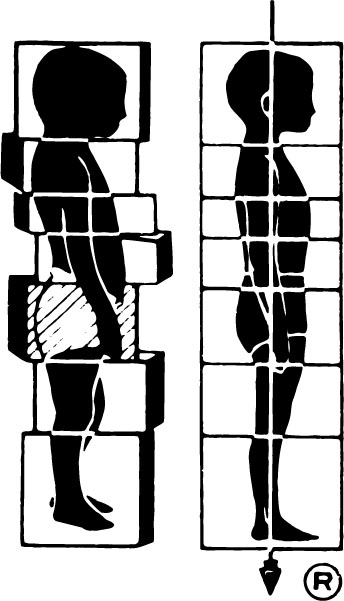Frequently Asked Questions
How does Rolfing Structural Integration work?
Change is possible because Rolfing SI addresses the body’s internal system of flexible support, otherwise known as fascia. These connective tissues surround ever muscle fiber, encase all joints and even have a role in the nervous system.
Think of the fascial system as an intricate internal guide-wire network for the body. If one set of support wires becomes tight or out of place, the excess tension may appear as nagging joint pain, muscle soreness, or a postural shift. To correct internal misalignments, a Rolfer uses mild to direct pressure to melt or release fascial holdings and allow the body to find health through the re-establishment of balance.
It is currently believed that the slow, deep strokes of Rolfing SI stimulate intra-fascial mechanoreceptors (sensory neurons of the muscle nerve), which in turn trigger the nervous system to reduce the tension of the related muscles and fascia. Put another way, Rolfing SI allows the brain and nervous system to “re-boot” areas of the body that are receiving too much electrical stimulation (chronically tight or sore muscles). Once a healthy level of muscle contraction is established, the person’s entire structure is free to express a pain-free form.
Is it painful?
In the past, Rolfing® had a reputation for being painful and heavy-handed, but over the years it has evolved into a gentler and more precise method. Most clients find Rolfing to be deep, slow and satisfying, as we find a way to work together that respects your level of comfort.
Is it covered by my insurance?
If you have extended benefits that offers reimbursement for Registered Massage Therapy, then yes! I am a Registered Massage Therapist, and Rolfing Structural Integration is covered under the “umbrella” of Registered Massage Therapy.
What do I wear?
Traditionally, clients (according to their gender and preference) wear gym shorts, a regular or sports bra, or a bathing suit; however, I am able to work above loose clothing. Clients should be comfortable!
How often do I need to come?
Sessions are spaced according to the needs of the individual. Appointments are usually set every one to two weeks during the duration of the Ten Series. because each session builds upon the previous one.
After completing the Ten Series, clients often elect to come in once per month for a “tune-up”, or a few times per year for an Advanced Rolfing Series, in which we focus on specific goals.
What do you mean by movement education?
Rolfing is not just about the practitioner applying bodywork – you’ll also be learning about your own patterns and habits, and gain insights about how you move through the world. Your participation in the sessions helps the changes you experience to last longer, as they become integrated in your motor coordination pattern. As your body learns to move in more natural ways, the work steadily becomes a part of your daily life.
What is fascia?
Fascia is a strong and elastic form of connective tissue found everywhere in the body, from just under the skin to the deepest layers of the body. It provides internal structure and support, force transmission, and provides sensory feedback. It separates and wraps around every organ, bone, muscle and blood vessel.
Each individual muscle is composed of bundles of fibers, each separated by thin layers of fascia, called myofascia (picture an orange, whose segments are separated by thin layers of fibre). These layers form a "web" that is continuous throughout the body.
How is Rolfing different from myofascial release, massage and chiropractic?
Instead of focusing on various body parts, symptom by symptom, Rolfing approaches the organization and functioning of the whole body in gravity. Rolfers work with the connective tissue system, which holds your entire body together in an integrative process.
Clients are asked to participate with their awareness, as well as through gentle movements, in order to re-pattern certain habits of posture that may have unknowingly caused discomfort and pain in the past. Each session includes some form of movement education to bring awareness to everyday habits.




